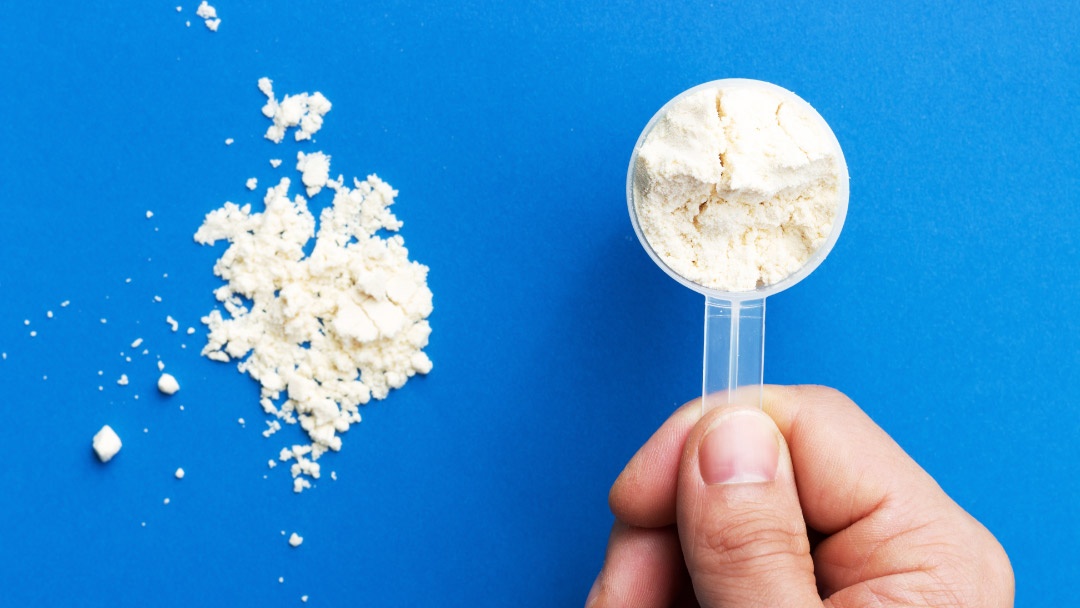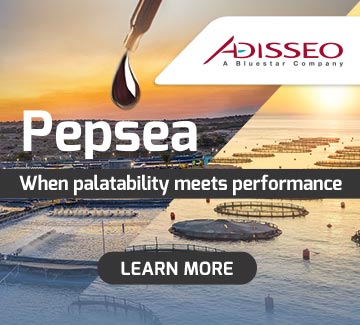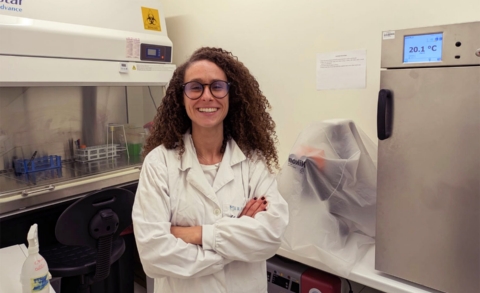
Aquaculture producers across Europe could face higher feed costs from July, following the European Commission's decision to impose definitive anti-dumping duties on lysine imports from China. The move, formalised under Commission Implementing Regulation (EU) 2025/1330, comes after an investigation launched in May 2024 and was approved by Member States in June 2025. The new duties will come into force on 12 July 2025 and remain in place for five years.
Lysine, an essential amino acid, is widely used in aquafeeds to improve growth rates and feed conversion efficiency. It is commonly imported in the form of lysine hydrochloride, lysine sulphate, or liquid lysine. China currently dominates the EU lysine market, accounting for an estimated 70% to 79% of imports during the Commission’s investigation period.
The new anti-dumping measures impose duties ranging from 47.7% to 58.2%, depending on the exporter. These are calculated as a percentage of the CIF (cost, insurance, and freight) Union frontier price, duty unpaid. As a result, the price of lysine in the EU is expected to rise significantly in the short to medium term.
This increase will directly affect aquafeed formulations, particularly for species such as salmon, shrimp, European seabass, and gilthead seabream, which require lysine supplementation as part of their nutritional profile. According to the Food and Agriculture Organisation (FAO), gilthead seabream require around 5.0 grams of lysine per 100 grams of dietary protein. Based on current formulations, the cost impact of the duty could be around €0.022 per kilogram of feed, or approximately 1.5% to 1.7%, depending on the original feed price.
At an average feed price of €1,111.04 per tonne, this equates to an increase of about €22.00 per tonne.
While this may not seem dramatic in absolute terms, it nonetheless represents a reduction in profitability for both feed manufacturers and fish farmers, particularly in an industry already facing pressure from rising energy, transport, and raw material costs.
Although Eurolysine—the EU’s sole lysine producer—plans to increase production capacity by 20% by 2027, the expansion will take time. In the meantime, structurally higher production costs in the EU compared to China may continue to keep prices elevated.
Industry groups, including CESFAC and FEFAC, raised concerns during the investigation about the potential knock-on effects on animal nutrition costs. While long-term impacts may be softened by diversification of suppliers or increased EU capacity, in the near term, aquafeed producers are likely to face tighter margins and increased price volatility.


